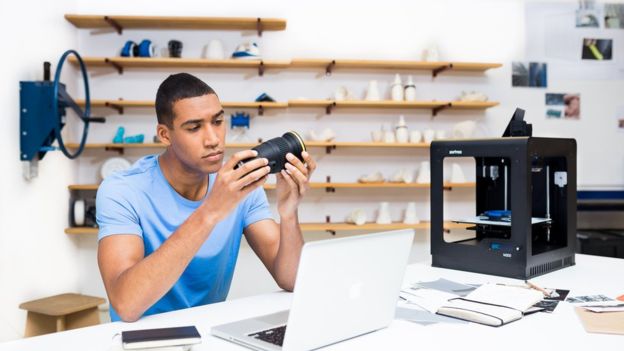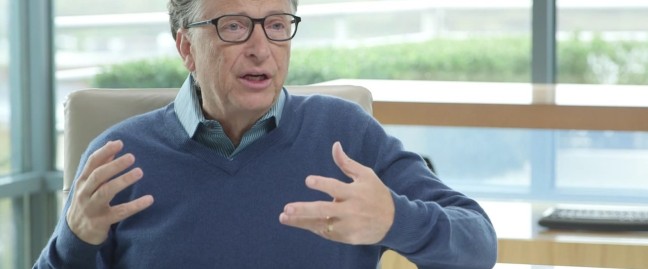Yesterday I read an article about the worth of our personal data, companies that hope to help you monetise it and warnings about the fact that we may be giving it away for free.
I’ve seen this type of article come up time and time again in the various tech and media press that I spend my time consuming. Always, I find myself pondering the same points.
- Surely we are all aware that if something is provided to us for free, then the company providing us with the service HAS to make money somehow? Facebook and Google are certainly not charities, they make their money from advertising.
- Nobody HAS to use Facebook and Google etc. You don’t like your data being used? Don’t use the service.
- The ways in which your data is utilised are listed in the company’s terms and conditions. In many cases, you even have the power to adjust the settings for how your data is used. But be honest, not many people can be bothered to read the t’s and c’s or adjust the settings.
- Just what underhand practices do we think these companies are carrying on. They want to get paid for other companies selling us more stuff. That’s the trade-off.
Perhaps I’m hopelessly naive. Perhaps I’m missing a huge global conspiracy. Perhaps the balance of value is skewed too much in the service provider’s favour and I just don’t realise it.
But just like observing those who complain about the price of watching football then hand over the cash anyway, my perspective is this: You don’t have to play. If you do, go in with your eyes open. That may mean asking tough questions of the service you are using and good on you if you do but just remember this – there has to be a trade-off somewhere.
Hit us up with your opinions, I’m sure there are many differing views out there!










